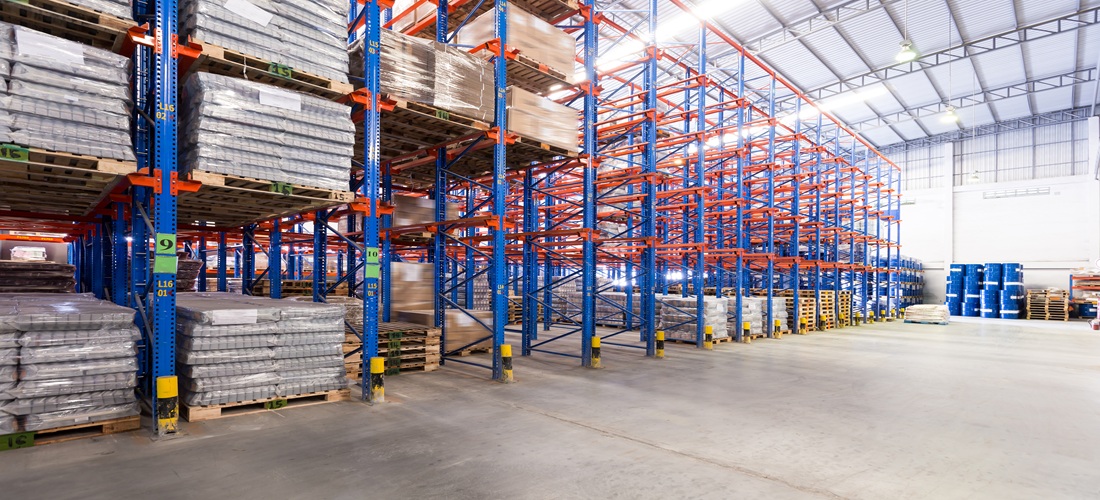
Rio Grande do Norte Exports Grow 250% in Ten Years and Reach Record High in 2024
Feb, 06, 2025 Posted by Denise VileraWeek 202506
Exports from Rio Grande do Norte have significantly increased over the past decade, from USD 318 million in 2015 to USD 1.113 billion in 2024. This 250% growth was driven mainly by the expansion of fuel oil sales and the appreciation of the U.S. dollar. The four most exported products from the state in the last ten years were fuel oil (USD 1.48 billion), fresh melons (USD 969.1 million), fresh watermelons (USD 320.4 million), and bulk sea salt (USD 232.4 million).
Sebrae conducted an analysis of RN’s trade balance over this period. According to the report, exports maintained an upward trend despite some fluctuations. The most significant surge occurred between 2023 and 2024, with a 42.55% jump from USD 781 million to USD 1.113 billion. The main driver of this growth was a 118% increase in fuel oil exports, which have been on a continuous rise since 2018. Fuel oil was the top exported product last year, reaching USD 558.7 million, followed by fresh melons (USD 120.1 million), diesel oil (USD 86.7 million), and fresh watermelons (USD 52.9 million).
The highest value-added products per kilogram included cotton fabrics (USD 5.84/kg), totaling USD 23.8 million and standing out as one of the state’s most valuable export items. Fresh melons (USD 0.70/kg) and diesel oil (USD 0.67/kg) followed closely behind. Despite the export growth, data indicates that RN’s economy relies heavily on high-volume, low-value-added products.
Fuel and diesel oil have helped establish maritime transport as the primary mode of exporting goods to other countries. These products accounted for 79.80% of total exports from the Port of Natal in 2024, whereas fresh fruits such as melons and watermelons represented only 1.81% of the port’s export volume.
In 2024, 91.12% of the total export value, USD 1.01 billion, was shipped via maritime transport. The Port of Natal was responsible for 70% of this volume, totaling USD 711.5 million, while the Port of Mucuripe, in Fortaleza/CE, remained a strategic alternative for fresh fruit exports.
The ten leading exporting municipalities in Rio Grande do Norte between 2015 and 2024 accounted for 70% of the state’s trade balance. Guamaré led the ranking with USD 759.3 million (66.4% of the total), followed by Mossoró (USD 135.6 million – 11.8%) and Natal (USD 53.2 million – 4.6%). Other prominent exporting municipalities include Baraúna, Pendências, Parnamirim, Macau, São Gonçalo do Amarante, Macaíba, and Parelhas.
Key Export Markets
Over the past ten years, 70% of RN’s exports were destined for just six countries. The Netherlands was the state’s top trading partner, accounting for 18% of total exports in the period, with melons as the primary exported product (USD 331.9 million). The data suggests diversification in the products exported to this market rather than dependence on a single item. In 2024, for example, diesel oil overtook melons as the top exported product to the Netherlands.
This contrasts with Singapore, RN’s second-largest trading partner, which showed high dependence on a single product: fuel oil. Singapore accounted for 17% of the state’s exports during the period. The United States ranked third with 16%, with bulk sea salt as its main imported product.
Renewable Energy
RN’s imports reflect the growing demand for renewable energy. In this regard, the state has undergone significant changes. In 2015, imports totaled USD 247.7 million, with the lowest level recorded in 2019 (USD 168 million). Growth resumed in 2020, reaching USD 687 million in 2023.
Last year, RN imported USD 594 million worth of products, with photovoltaic cells (21.7% of total imports), other types of gasoline (15.5%), and wind energy equipment (9.1%) standing out. The increasing demand for these items since 2022 has positioned them as key drivers of the local economy.
The top imported items included wheat and wheat-rye blends (USD 577.7 million), photovoltaic cells and solar energy equipment (USD 427.6 million), and wind energy components (USD 214.4 million). 2024, the trend continued, with photovoltaic cells accounting for 22% of imports and other gasoline types for 16%.
-
Grains
Jul, 27, 2020
0
China imports records volume of Brazilian soy in June
-
Meat
Nov, 01, 2024
0
More South American countries exporting poultry
-
Coffee
Jun, 06, 2023
0
Coffee: May shipments close at 2351 million bags in Brazil
-
Meat
May, 10, 2024
0
Brazil Beef Exports Go Through the Roof in April 2024



